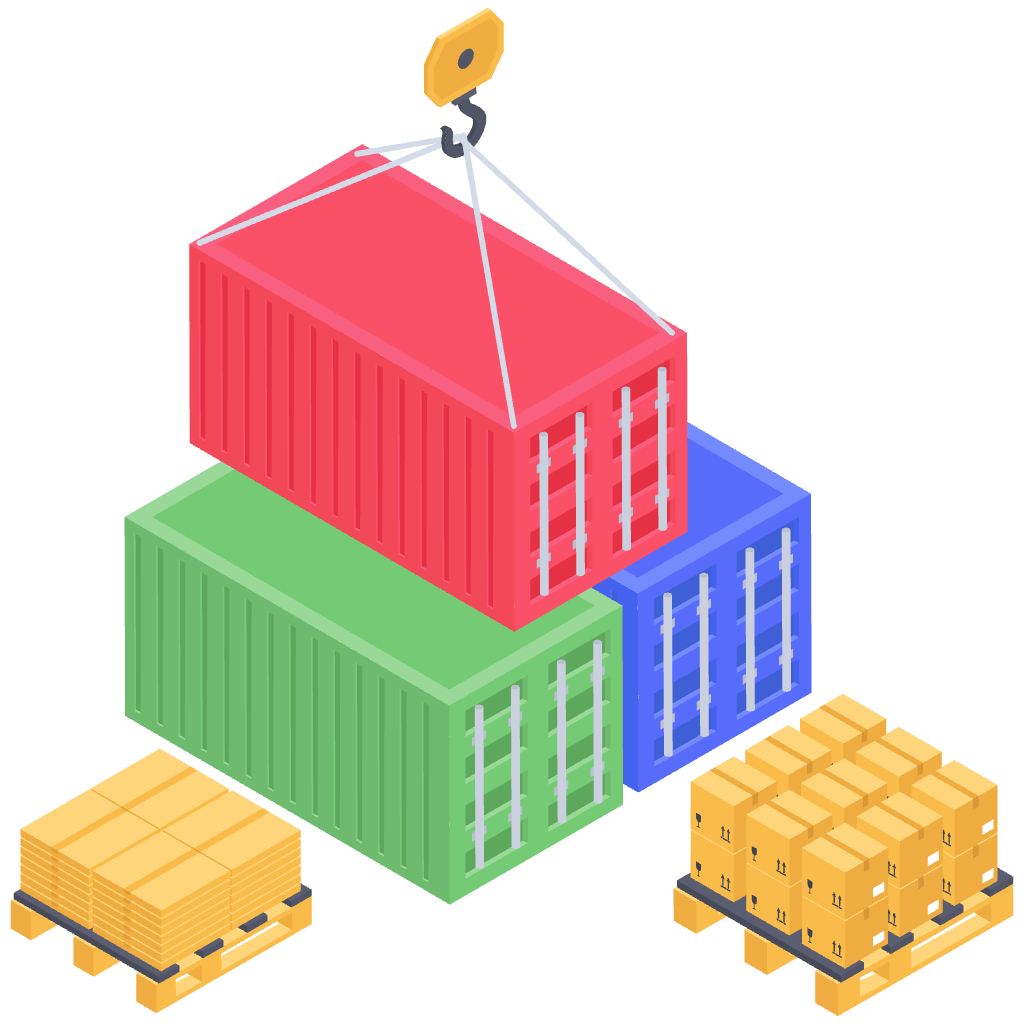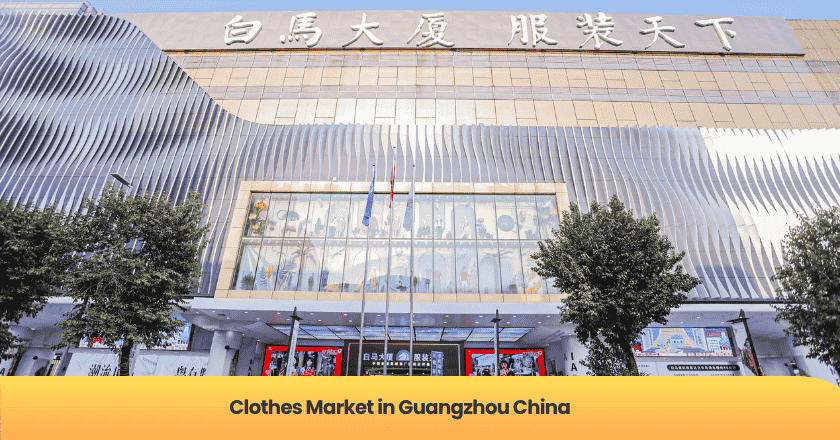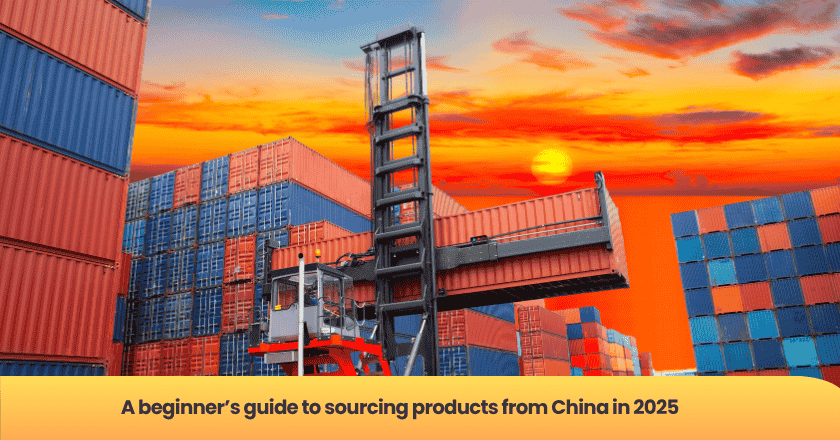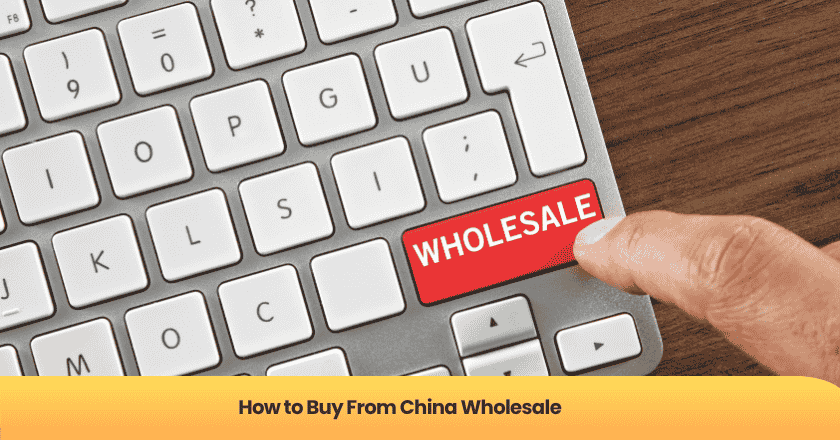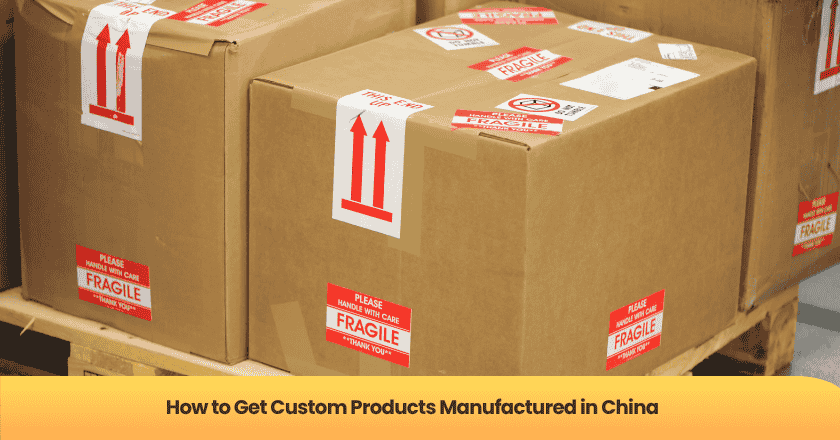
"How do i get a product made in China?" I often ask myself this question when I consider expanding my business. Manufacturing in China offers access to advanced production capabilities, competitive pricing, and a huge selection of suppliers. I face challenges like language barriers and quality control, but I know that choosing the right sourcing method simplifies the process. I follow a clear step-by-step approach, which makes sourcing from China manageable and efficient.
Tip: Careful supplier selection and clear communication help me avoid costly mistakes.
Key Takeaways
- Evaluate your product's suitability for Chinese manufacturing. Consider design complexity and material needs to find the right factory.
- Analyze costs and quality before committing. Compare quotes, check certifications, and request samples to ensure reliability.
- Use online platforms like Alibaba to find suppliers. Verify their legitimacy through reviews and transaction history.
- Attend trade fairs and visit factories to build trust. Face-to-face meetings help confirm production capabilities and quality control.
- Choose the right sourcing method based on your experience. Decide between direct factory contact or using a sourcing agent for better results.
Is China Right for Your Product?
Product Suitability
When I consider manufacturing a product in China, I start by evaluating if my product fits the strengths of Chinese factories. I look at the complexity of my design and the materials I need. If my product requires advanced electronics, textiles, plastics, or metalwork, I know that China offers a wide range of specialized suppliers. I check if my product needs customization or unique features. Factories in China often handle custom requests efficiently. I avoid products that require strict intellectual property protection or have sensitive technology, since these may pose risks.
Tip: I always create a checklist of my product's requirements before contacting suppliers. This helps me communicate clearly and avoid misunderstandings.
Cost and Quality Factors
I analyze the cost structure before I commit to overseas production. Labor costs in China remain lower than in many other countries, which helps me keep my expenses down. I compare quotes from several suppliers to find the best value. I pay close attention to minimum order quantities, tooling fees, and shipping costs. Quality matters just as much as price. I request samples and review certifications to ensure the factory meets my standards. I also ask about their quality control processes. If I need premium materials or advanced manufacturing techniques, I confirm that the supplier can deliver consistent results.
| Factor | What I Check | Why It Matters |
|---|---|---|
| Labor Costs | Supplier quotes | Controls expenses |
| Quality Control | Certifications, samples | Ensures reliability |
| MOQ & Fees | Minimum order, tooling fees | Impacts total budget |
| Materials | Source and grade | Affects product value |
I weigh these factors carefully before I move forward with any supplier.
How to Find a Factory in China
Online Platforms (Alibaba, 1688, Made-in-China)
When I want to know how to find a factory in China, I start with online platforms. Alibaba stands out as my primary tool. I search for suppliers by product category, then filter results by verified status and customer reviews. Alibaba gives me access to thousands of factories. I use the messaging system to ask questions about production capabilities and minimum order quantities. I always check the supplier’s transaction history on Alibaba. This helps me avoid scams and find a factory that matches my needs.
I also explore 1688 and Made-in-China. 1688 targets the domestic market, so prices often run lower. I use translation tools to navigate the site. Made-in-China offers detailed company profiles and product catalogs. I compare information across these platforms to verify the legitimacy of each factory. I find that using multiple sources increases my chances of finding reliable factories in China.
Tip: I always request business licenses and certifications before I commit to any agreement on Alibaba or other platforms.
Trade Fairs and Direct Visits
Sometimes, I need to see products and meet suppliers face-to-face. I attend trade fairs like the Canton Fair. These events let me meet factory representatives and inspect product samples. I collect business cards and brochures, then follow up with questions after the event. Trade fairs help me build trust and understand how to find a factory in China that fits my requirements.
I also schedule direct visits to factories. I tour the production lines and observe quality control processes. I ask about lead times and production capacity. Visiting in person helps me confirm that the factory can deliver what I need. I find a factory that matches my standards by combining online research with in-person meetings.
Sourcing Methods for Manufacturing a Product in China
Direct Supplier vs. Sourcing Agent (NewbuyingAgent)
When I want to find the right manufacturer in China, I often weigh the pros and cons of working directly with a factory or using a China sourcing agent. If I choose to contact a factory myself, I control every step of the process. I negotiate prices, set production timelines, and monitor quality. This approach works best when I have experience with China's business culture and speak the language. I sometimes face challenges with communication and quality assurance.
A China sourcing agent helps me bridge the gap. The agent understands local practices and can find the right factory for my needs. I rely on their expertise to handle negotiations and oversee production. The agent often provides access to a wider network of factories. I save time and avoid misunderstandings. I use a sourcing agent when I want to focus on my business instead of managing every detail of production.
Tip: I always clarify my product requirements before I engage with a factory or agent. Clear instructions help me avoid costly mistakes.
Trading Companies and Service Providers
Trading companies offer another option for manufacturing in China. I work with a trading company when I want a simple process. The company buys products from a factory and sells them to me. I do not need to manage production directly. I sometimes pay a higher price because the company adds a margin. Service providers help me with logistics, inspections, and shipping. I use these services to ensure my products arrive safely and meet my standards.
| Sourcing Method | Control Level | Cost | Network Size | Best For |
|---|---|---|---|---|
| Direct Factory | High | Lower | Limited | Experienced buyers |
| Sourcing Agent | Medium | Moderate | Wide | New importers |
| Trading Company | Low | Higher | Wide | Simple transactions |
I always compare these methods before I decide how to find the right manufacturer in China. My choice depends on my experience, budget, and the complexity of my product.
How Do I Get a Product Made in China: Step-by-Step
Research and Contact Suppliers
When I ask myself, "how do i get a product made in China," I always start with thorough research. I define my product specifications and target market. I search for reliable suppliers using online platforms, trade directories, and industry contacts. I compare different factories based on their experience, production capabilities, and customer feedback. I reach out to each factory with a clear product brief, including drawings, materials, and expected quantities. I ask direct questions about their ability to manufacture a product in China that meets my standards. I keep my communication professional and concise to avoid misunderstandings.
Tip: I always document every conversation with suppliers. This helps me track progress and resolve any disputes later.
Request Samples and Negotiate
After I shortlist potential factories, I request product samples. I use these samples to evaluate quality, materials, and craftsmanship. I check if the sample matches my requirements before moving forward. If I find any issues, I provide detailed feedback and ask for adjustments. I negotiate pricing, minimum order quantities, and payment terms. I make sure to clarify lead times and production schedules. When I negotiate, I focus on building a long-term relationship with the factory. I know that strong partnerships lead to better results when I manufacture a product in China.
| Step | What I Do | Why It Matters |
|---|---|---|
| Request Samples | Test quality and specifications | Avoids costly mistakes |
| Negotiate Terms | Discuss price, MOQ, payment | Ensures clear agreement |
| Provide Feedback | Share detailed comments | Improves final product |
Place Orders and Quality Control
Once I approve the sample and agree on terms, I place my order. I confirm all details in a written contract, including product specs, delivery dates, and payment milestones. I set up a quality control process before production begins. I arrange for inspections at different stages—before, during, and after production. I use third-party inspectors or my own team to check for defects and ensure the factory follows my requirements. I know that getting a product manufactured in China requires constant attention to quality. I never skip this step, because it protects my investment and reputation.
Note: I always include penalties for quality issues in my contracts. This motivates the factory to maintain high standards.
Shipping and Logistics
After the factory completes production, I organize shipping and logistics. I choose between air, sea, or rail freight based on my budget and timeline. I work with freight forwarders to handle customs clearance and documentation. I track my shipment until it arrives at my destination. I inspect the goods upon arrival to confirm they meet my expectations. I understand that how to manufacture in China involves more than just production—it includes safe and timely delivery. I keep records of all shipping documents and communicate regularly with my logistics partners.
Pro Tip: I always insure my shipments. This protects me from losses due to damage or delays during transit.
By following these steps, I answer the question, "how do i get a product made in China." I stay organized, communicate clearly, and monitor every stage. I know that manufacturing products in China can be complex, but a structured approach makes it manageable. Each time I manufacture a product in China, I refine my process and build stronger relationships with factories in China. This helps me succeed in the global market.
I follow a clear process when I manufacture products in China. I research suppliers, request samples, negotiate terms, and manage quality control. I always look for ways to save time and reduce risk. Using a sourcing agent helps me streamline the process and ensure reliable results. I encourage you to start your sourcing journey with confidence and take the next step toward growing your business.
FAQ
How do I choose the right factory in China?
I compare factories based on experience, production capabilities, and customer feedback. I request samples and review certifications. I visit factories when possible to inspect their processes and confirm they meet my standards.
What documents do I need for importing products?
I prepare a commercial invoice, packing list, and bill of lading. I check import regulations for my country. I work with a freight forwarder to ensure all paperwork is complete and accurate.
How can I protect my product design?
I register my intellectual property in both my home country and China. I use non-disclosure agreements when sharing designs. I limit access to sensitive information and choose factories with a good reputation for protecting client IP.
What payment methods are safest for international orders?
I use secure payment methods like bank transfers, PayPal, or escrow services. I avoid paying the full amount upfront. I negotiate payment terms that include deposits and final payments after inspection.
How do I handle quality issues after receiving my order?
I document any defects with photos and detailed reports. I contact the supplier immediately to discuss solutions. I refer to the contract terms for compensation or replacement. I learn from each experience to improve future orders.
Get Started Today
Let's Turn Your Sourcing Goals into RealityVisit Us:Building 10 #39 Xiangyuan Road, Hangzhou, China
